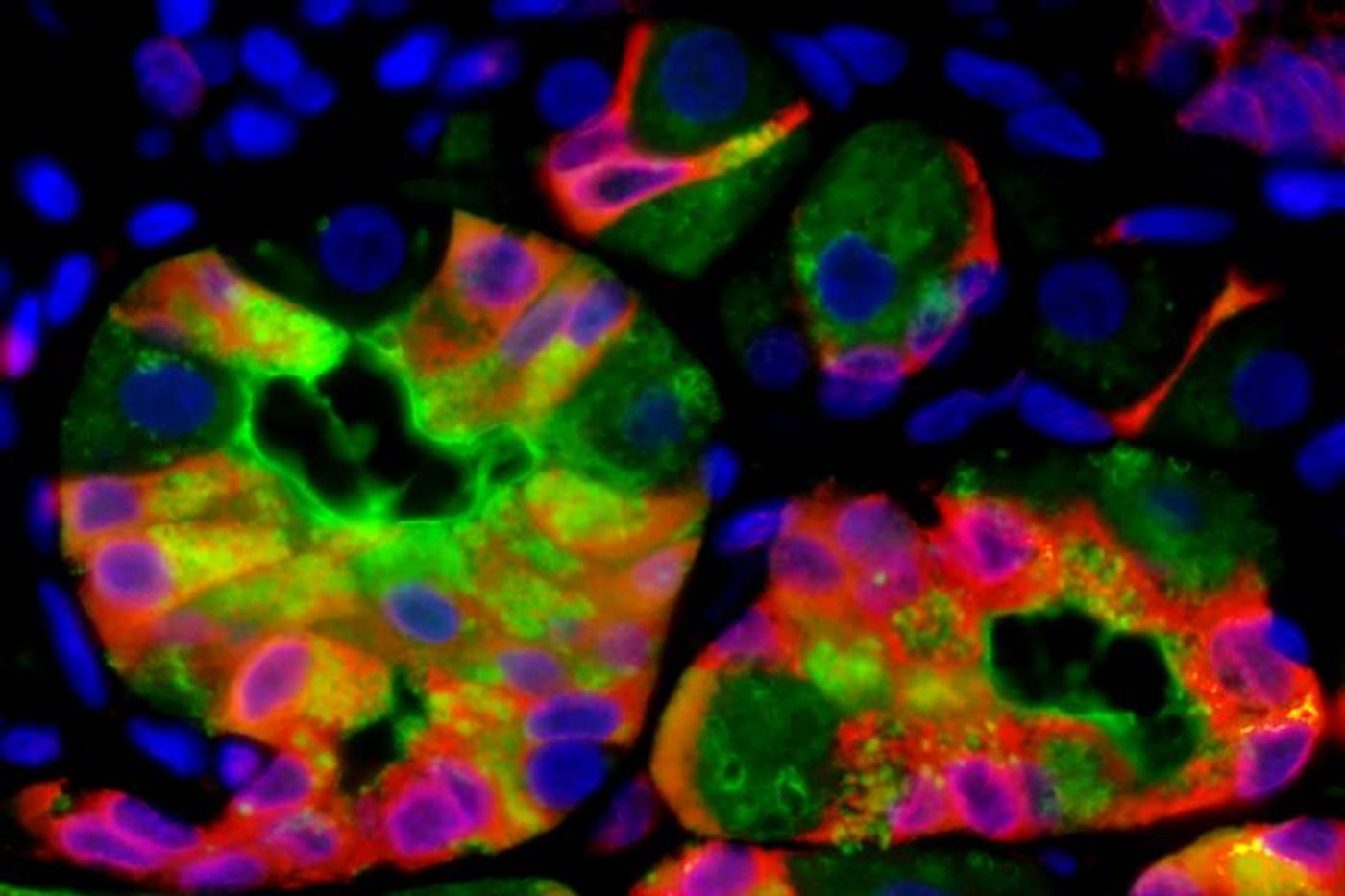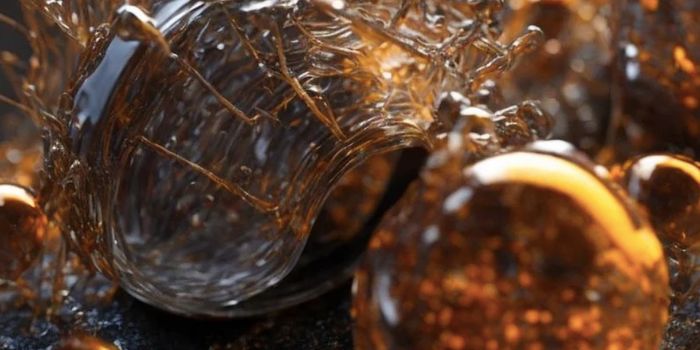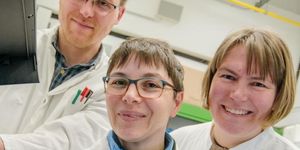Discovering Similarities in how Different Cancers Develop
As our organs develop from stem cells, which can be any type of cell in the body until they are specialized to form tissues and structures, the cells have to grow quickly and divide rapidly. In some cases, researchers found that the mature cells in an organ can revert back to that state in which they divide swiftly. New work, reported in The EMBO Journal has indicated that no matter what organ, this could be a universal process in which after some injuries, mature cells act young again and rapidly divide. That phenomenon can lead to cancer.
As old cells start quickly dividing again in a process the scientists termed paligenosis, they may be passing on mutations they have accumulated along the way. Now it seems that cells from the liver, stomach, pancreas, and kidney all trigger the same genes and undergo the same processes as division starts to happen again. Because the mechanisms underpinning cancer development may be similar, new treatments might be created that can act on these different cancers.
"When we began the war on cancer in the 1970s, scientists thought all cancers were similar," said senior investigator Jason C. Mills, MD, Ph.D., a professor of medicine in the Division of Gastroenterology. "It turned out cancers are very different from one organ to another and from person to person. But if, as this study suggests, the way that cells become proliferative again is similar across many different organs, we can imagine therapies that interfere with cancer initiation in a more global way, regardless of where that cancer may appear in the body."
After assessing cells from various organs in both humans and mice and cells from over 800 precancerous lesions and tumors in patients, the investigators confirmed that after trauma or infection injures tissue, mature cells can indeed go back to being like stem cells, in which they repeatedly divide. As that happens, the same genes are expressed in all of the cells, helping the mature cells to start initiating division once again.
"First, we saw a massive increase in the activity of genes associated with cell degradation," noted the first author Spencer G. Willet, Ph.D., a Mills lab research associate. "Then, the cell's growth pathway senses that degradation and releases nutrients that then activate cell growth pathways and allow the mature cells we studied to proliferate."
Paligenosis is probably similar to the programmed cell death that is part of the development of organs, called apoptosis, Mills explained; it appears to happen in every cell in the same way, regardless of where it is located.
"Nature has provided a way for mature cells to begin dividing again," Mills said, "and that process is the same in every tissue we've studied."
Willet, Mills and their associates think that these findings may help create new therapeutic targets for treating cancer since tumor development may be the same in different organs.
"If you were to compare this reprogramming of cells to tearing down a building and putting something new in its place, the slow way to go would be to remove and then replace each brick, one at a time," Mills explained. "What we're seeing is that nature is smarter than just running the building program in reverse. Instead, there is a wrecking ball program: When an old cell begins to divide again, a program runs to clear things out and then rebuild, and the same program runs in every tissue we've analyzed."
Learn more out how cancer develops from the video by Cancer Treatment Centers of America.
Sources: AAAS/Eurkealert! Via University of Washington, The EMBO Journal









